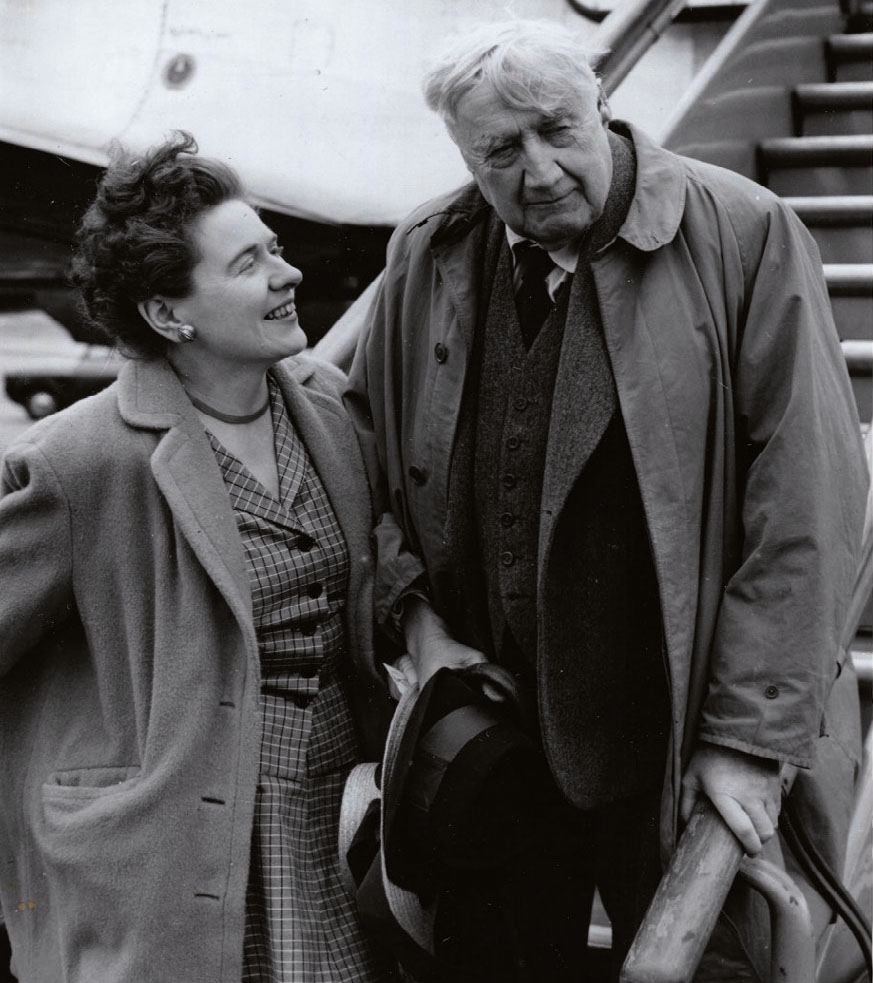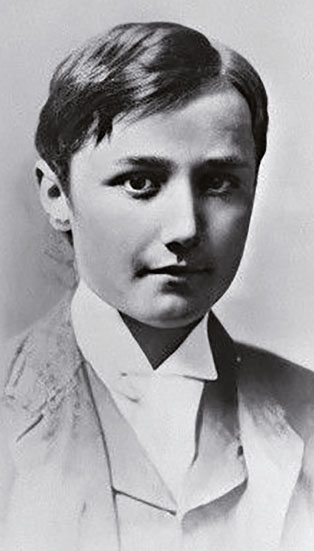
The 150th anniversary of the birth of Ralph Vaughan Williams on 15 October 1872 has already been marked this year by countless performances of both much-loved works and lesser-known rarities, with many more on the way through the autumn and into 2023.
On his death, the composer's widow Ursula founded the Vaughan Williams Charitable Trust (VWCT) to promote ‘the education of the public in the knowledge, understanding and appreciation of the life and works of the late Ralph Vaughan Williams and of other British composers’. The Trust has supported many of this year's anniversary events, and it has also commissioned the Music Teachers’ Association (MTA) to produce a set of resources for the teaching of various aspects of RVW's work, from Early Years Foundation Stage (EYFS) through to Key Stage 5. These are available free of charge to all schools and to organisations running music education projects.
Creative interpretation
Each resource has been produced by a different practitioner and tailored to the relevant age group, so while they have a shared aim in using the music of Vaughan Williams as a starting point, they are quite different in format. For example, the early years resource has been written by Imelda Shirley, assistant head of Wigan Music Service and convener of the EYFS Music Forum for Greater Manchester Music Hub. She had no previous links to the MTA but was invited by its current president, Don Gillthorpe, to contribute to this project.
Her scheme of work is inspired by Vaughan Williams's overture The Wasps. She admits that the appeal of wasps for young children may not be immediately obvious; but points out that many of children's fears about insects and minibeast stem from adult influences, and that this project provides an opportunity to reconsider how we think about wasps, their role in nature as pollinators, and about respect for living things.
‘It should also link well with any project on minibeasts, butterflies or insects, which is a very common topic for early years,’ she adds. ‘And as a singer and choral conductor, I really appreciated how we could use the buzzing sound of wasps to lead us in to things like warming up the voice, and pitch matching. Children make up their own songs and use sounds like that all the time. I was really conscious of trying to remind practitioners to notice those things.’
The contributors were encouraged to be creative in interpreting the brief, never forgetting that the point of the exercise is to draw out the students’ own musicianship and explore its possibilities, not just to teach them about Vaughan Williams in an old-fashioned didactic way. ‘Don gave me some typically sage advice about that,’ says Shirley, ‘which meant I could think about what my little pre-school group might expect me to do with them. It's not the tail wagging the dog.’

Ralph and Ursula Vaughan Williams. Photo from the collection of Ursula Vaughan Williams © VAUGHAN WILLIAMS CHARITABLE TRUST
RVW and DAWs
Liz Dunbar, a secondary music teacher at a large comprehensive in York, had a similar initial reaction when she was asked to write the KS3 resource. ‘I started out by thinking, “It's Vaughan Williams, it's Vaughan Williams, it's Vaughan Williams”, and then I thought, hang on a minute, my work could be used by Years 7, 8 or 9 depending on where everybody's at; it's got to be really, really fluid and I've got to draw these students in.’
Dunbar's brief was to devise six lessons that would lead to the creation of an original electro-acoustic composition using music technology. Her solution was to look at how Vaughan Williams uses a range of different compositional devices in some of his best-loved works, and then to compare his style and techniques with that of four contemporary women composers: Errollyn Wallen, Debbie Wiseman, Anna Meredith, and Sally Beamish. The Lark Ascending enabled her to introduce the idea of using birdsong in various different ways, either sampled (provided as part of the scheme) or mimicking the patterns of different songs. Film scores, both familiar to the students and those written by Vaughan Williams, are another possible entry point.
Use of Digital Audio Workstations (DAWs) means the project is very accessible, as both teachers and students can work anywhere – on their phones or laptops, in a classroom or a coffee shop. ‘There are a lot of misconceptions about DAW material – sequenced music – that it all has to be contemporary pop, trance or dance or something,’ Dunbar says. ‘It doesn't; it's just that a lot of free stuff has built up like that, in loops, and people play with that material. You can do whatever you like – you can write music that isn't driven by a drumbeat, and a lot of my project proves that.’
Shirley comments that preparing her resources has reminded her how small the nugget can be that sparks a musical response. ‘I originally thought of using the main melody of The Wasps and perhaps children could develop a little song from it, but then I found when I was trying out ideas that using just the smallest amount of music from the overture was enough – so many ideas can come from just a minute-and-a bit of music.’
Dunbar agrees: ‘Students always want to move forward, but they should be encouraged to think: how many ways can I explore this one idea? You can use repetition, alteration, and extemporisation. Students using DAWs always want to write in C major, in 4/4, at 120 beats per minute because that's how it arrives, so one of the challenges you can set them is to stop their music becoming a regular metric pattern. All those techniques feed beautifully into GCSE, because it's how you start thinking like a real composer instead of just producing pastiche.’

Ralph Vaughan Williams in 1888. Photo from the collection of Ursula Vaughan Williams © VAUGHAN WILLIAMS CHARITABLE TRUST
‘Think underneath it’
Both teachers stress that whichever scheme of work practitioners are using, it is important for them to ‘think underneath it’ when they are introducing it, and to read the background information so that they understand what's going on with this initiative. ‘It isn't just a case of “listen to some Vaughan Williams” – although the homework for my course includes doing just that and asking their family and friends if they know any of these famous pieces. The works are the vehicle for this piece of teaching.’
This is even more important for the EYFS and KS1 and 2 resources, which will probably be delivered by non-specialist practitioners who might be nervous about singing or trying to create musical sounds themselves. But Shirley says they should take their cues from their students: ‘Observe, validate, offer different suggestions, and just co-learn, so that the children can take the project at face value. Think what tools they have in their settings that they use day-in, day-out and just switch them to music.’
Additional resources and events
Vaughan Williams passionately believed that everyone should ‘take part, as far as our skill allows, in the performance of good music, however humble our efforts may be’. He wrote: ‘This will not only give us the exaltation which great music should bring, but it will also help us to appreciate the performances of famous musicians.’
Opportunities to do that this year have included ‘Come and Sing’ sessions exploring choral works by Vaughan Williams.
Leith Hill Music Festival, with which Vaughan Williams was closely associated, is running one at Dorking Halls, Surrey on 15 October: www.lhmf.org.uk/events-and-tickets.
Choirs, churches, and schools are invited by the Royal School of Church Music to celebrate RVW's contribution to The English Hymnal by running their own hymn-singing extravaganzas during the week of 8–15 October, using resources provided free of charge. bit.ly/3vmquBj.
N.B. Not all of the schemes of work for this project had been published at the time of writing, but the set should be complete by September and can be found on the MTA website. www.musicteachers.org/rvw150.








